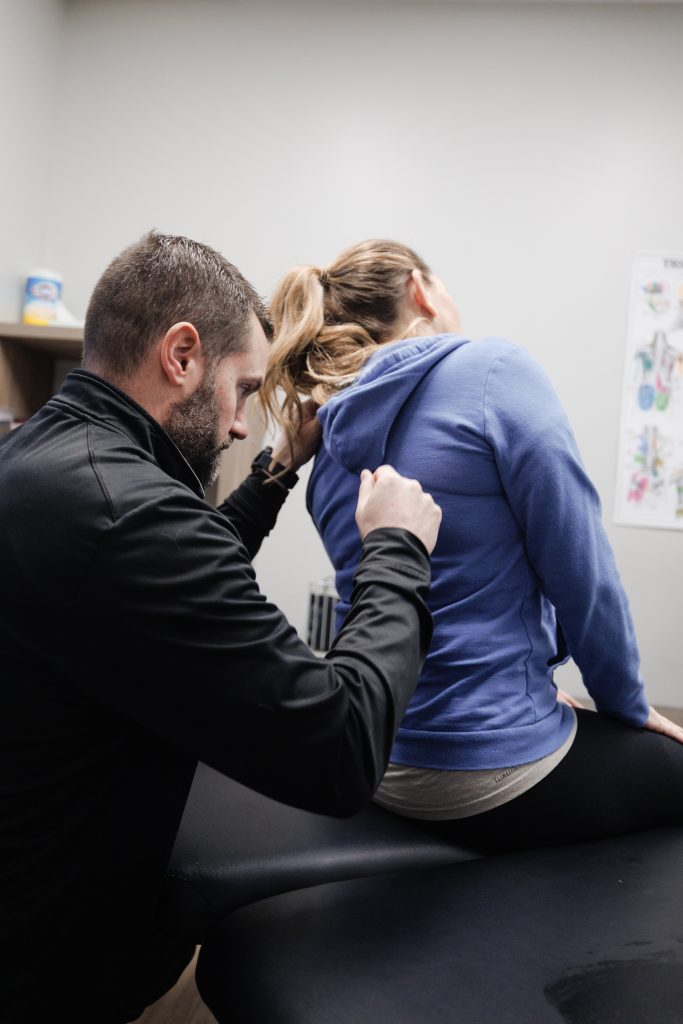Experiencing your back “going out” can be both alarming and intensely painful. This common phrase usually refers to a sudden onset of back pain that can significantly hinder your movement and daily activities. In this detailed guide, we’ll explore what medically occurs when your back “goes out,” the underlying causes, effective treatment options, and preventive strategies to manage and avoid such incidents in the future.
What Does It Mean When Your Back “Goes Out”?
The term “back going out” is not a clinical diagnosis but rather a layman’s expression used to describe acute back pain that feels as if something has slipped or shifted in your spine. Medically, this condition often relates to issues such as a herniated disc, muscle spasm, or acute ligament strain.
The Anatomy of Acute Back Pain
1. Herniated Disc: This occurs when the softer inner gel of an intervertebral disc pushes through a tear in the tougher outer layer. This herniation can compress nearby nerves, causing pain or numbness in the back or along the course of the affected nerve.
2. Muscle Spasm: A muscle spasm in the back can be triggered by an abnormal spine alignment or a response to an injury. Spasms can be incredibly painful and often immobilize parts of the musculature around the spine.
3. Ligament Strain: Overstretching or tearing ligaments in the back can result from sudden movements, lifting heavy objects, or a traumatic injury. This can lead to destabilization of the usual spinal alignment and significant pain.
Causes and Risk Factors
Several factors can increase the risk of experiencing a situation where your back “goes out”:
- Poor Posture: Long-term poor posture can place undue stress on the spine, leading to wear and potential injuries.
- Weak Core Stability: Inadequate strength in the core muscles can fail to support the spine adequately, increasing the risk of injury.
- Improper Lifting Techniques: Lifting heavy objects without proper form can put a severe strain on the back, often leading to acute injuries.
- Previous Back Injuries: Having a history of back injuries can predispose individuals to recurrent problems.
- Degenerative Changes: Conditions like osteoarthritis or spinal stenosis can compromise the integrity of the spine and lead to episodes of severe pain.
Clarifying the Misconception: Your Back Doesn’t Really “Go Out of Place”
One common misconception about back pain is the idea that the spine can simply “go out of place.” In reality, the spine is a robust structure supported by muscles, ligaments, and tendons designed to maintain its alignment even during stress. Instead, what people often perceive as their back “going out” is typically a result of acute muscle spasms or guarding antalgia, which are protective mechanisms the body employs.
Acute Muscle Spasms and Guarding Antalgia: Understanding the Body’s Protective Response
Acute Muscle Spasms: These involuntary contractions of muscles can be extremely painful. Muscle spasms are often the body’s reflexive response to an underlying spinal condition, such as a minor injury or inflammation. The spasm helps immobilize the affected area, theoretically reducing the risk of further injury.
Guarding Antalgia: This term refers to the body’s instinctual posture adopted to minimize pain during movement. Someone suffering from back pain might lean to one side, hunch over, or adopt other unusual postures. This is not indicative of the spine shifting out of place but is a behavior aimed at reducing pain and discomfort caused by movement.
How These Protective Mechanisms Impact Perception
The intense pain and the unnatural postures that result from these protective mechanisms can create the impression that something is misaligned. However, these are typically dynamic and reversible conditions caused by the muscles reacting to protect the spine, rather than an actual dislocation or misalignment of the spine itself.
In understanding that your back doesn’t truly “go out of place,” it’s important to focus on relieving the muscle spasms and addressing the root cause of the inflammation or irritation that triggered them. Here’s how you can manage and treat these symptoms:
- Heat Therapy: Applying heat can help relax tightened muscles and alleviate pain.
- Gentle Exercise: Activities like walking or light stretching can improve mobility and reduce the intensity of muscle spasms.
- Professional Intervention: Consulting a healthcare provider can lead to treatments such as rehabilitation exercises, which use controlled exercises to strengthen muscles and stabilize the spine, or chiropractic care, which involves manual adjustment to improve spinal function and reduce pain.
- Dry Needling: Dry needling is a great early intervention for acute back pain. The mechanism behind dry needling allows for the muscle spasms to reduce and even create an overall reduction in pain.

By dispelling the myth that the back can simply “go out of place” and understanding what happens, individuals experiencing back pain can seek more effective and appropriate treatments. This knowledge empowers patients to participate actively in their recovery and preventive strategies, ultimately leading to better back health and less pain
Prevention: Keeping Your Back Healthy
Preventive measures are essential in avoiding the recurrence of your back “going out.” Regular exercise, particularly activities that strengthen the core, can protect your back by providing better muscle support. Additionally, maintaining a healthy weight reduces the burden on your spine, and practicing good posture minimizes undue stress on spinal structures.
Conclusion
While the expression “my back went out” might seem vague, the underlying issues are well understood in the medical community. By addressing the pain promptly and effectively, and taking proactive steps towards strengthening and protecting your back, you can minimize the chances of such painful episodes in the future. Always consult with healthcare professionals to tailor a treatment and prevention plan that’s right for your specific needs.

Recent Comments